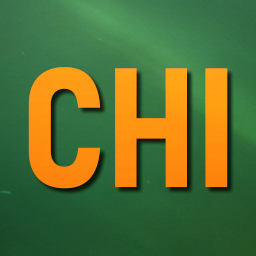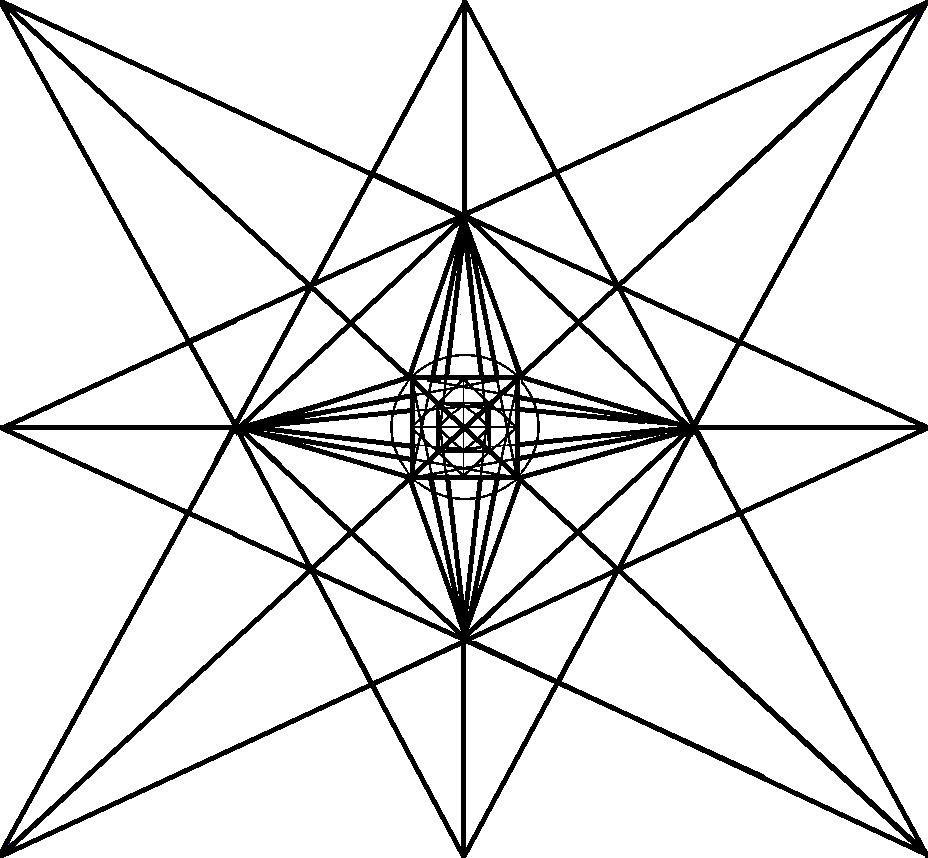Colony Gossamer
You would be forgiven for reacting to the sight of a colony spider nest with trepidation. Their webbing drapes over their environs, as they crawl between trees and shrubs, or ruined walls. But they prey chiefly on insects, and small lizards and mammals. And for the intrepid, the webbing they spin is a valuable prize.
Properties
Material Characteristics
Raw colony gossamer is spider silk. It is off-white in color, slightly sticky—everything one might expect of spider silk. Once properly processed, it retains its color, and loses its adhesion. It possesses a subtle sheen that is only visible when many strands are brought together—thus, only in the thickest of nests, and in processed products.
Physical & Chemical Properties
Colony gossamer is possessed of an incredibly high tensile strength, an order of magnitude higher than that all but the highest quality iron. Though raw colony gossamer is of a fairly low deformability, when woven into fabrics or rope it is much more supple.
Geology & Geography
As colony gossamer is produced by colony spiders, the material can and will be found anywhere the species is found. The species' natural range extends throughout the Vala Dokh Island Chain, but it has also migrated to Southern Munuth on ships.
Origin & Source
Colony gossamer is produced by colony spiders, a species of social arachnid which gather into colonies of hundreds of individuals, and mutually collaborate to catch prey with vast networks of webbing, commonly referred to as nests. These nests are composed entirely of colony gossamer, and serve as their sole source.
History & Usage
History
Colony spiders and their vase nests of webbing have been known to the inhabitants of the Vala Dokh island chain essentially since they were inhabited, and they were seen as pests. Following the conclusion fo the War of Shadow, as the former Empire of the Sea was restructuring itself into what would eventually become the Dokhar League, one island discovered how to produce fabric from the gossamer of the colony spiders, and the demand for it grew rapidly. The islanders used their knowledge of how to produce the fabric to achieve a favorable position in the League.
Over the years, other islands managed to outpace the first in gossamer production, and the center of gossamer processing moved abroad, to the Borghani plains, where there was space for large-scale processing, and the Borghani were able to integrate it into their famed textile industry.
Everyday use
Raw colony gossamer is either processed, or sold to someone who intends to process it. Once processed, it can be used as an incredibly strong rope, which is the form most familiar to the lower classes. Colony gossamer rope is used most often on ships, where it beats out the best alternative in both weight and strength. Upper class individuals will often purchase or commission garments made from colony gossamer, which serve as both a status symbol, and a particularly comfortable fabric. Some especially wealthy individuals will have armor made from several layers of colony gossamer for themselves and their retainers.
Cultural Significance and Usage
As the Vala Dokh chain is the primary source of raw colony gossamer, and where the techniques to process it were originally developed, its reputation as an eminent status symbol is strongest in the territories of the Dokhar League. Even as developments over the years have gradually increased supply, the expansion of demand with the introduction of new markets and the increased use of gossamer rope on ships has kept prices high.
Cultures connected to the Dokhar League through trade on the Shimmering Sea have inherited their cultural perception of colony gossamer fabrics to a degree.
Refinement
Raw colony gossamer is useless to everyone except the spiders it's harvested from. Before it can be used, its adhesive quality needs to be removed, because it impedes the capacity in which it can be made into products. This is usually accomplished by treating the gossamer with steam, which necessitates the gossamer being held over a pot or cauldron of boiling water with nets, which are held up by wooden struts.
Manufacturing & Products
Once it is no longer adhesive, the strands of gossamer are spun into threads. These threads are either woven into high status garments, or further spun to create ropes.
Hazards
Steam-treating raw gossamer requires heat, and that universally means fire. At both small and large scales, this necessitates a person tending the fire, who is risks burning themselves. Additionally, in large scale operations with multiple fires and multiple cauldrons—usually under a large roof of some kind to protect the fires from rain—these attendants risk heat stroke.
Environmental Impact
There has been some experimentation with cutting down natural environments to create gossamer farms, but the spiders instinctively prefer the fronds and leaves of their native jungles, so this has been limited.
Reusability & Recycling
Whole gossamer garments and ropes can be reused if lost or otherwise liberated from their original owner, though garments come with the added wrinkle of size. Scraps of gossamer cloth see many of the same uses as scraps of other kinds of cloth.
Distribution
Trade & Market
Raw colony gossamer is produced primarily in the islands of the Vala Dokh Chain, which export it abroad for processing. Though there are processing centers in many countries, Bukh Fudhranan easily imports the majority of the raw gossamer, much of which is biught by merchants who sell it to production centers in the lands of other Borghani clans. Those neighbors process the gossamer to produce usable goods, chiefly textiles and rope, which is bright back down river to Bukh Fudhranan by merchants, to be sold to trade ships bound for ports all over the known world.
Storage
Raw gossamer does not deform well, and as such must be handled with care when being transported so as not to break the strands. Crates are packed to the lip to prevent internal movement, and are tied down inside ships to prevent movement.
Type
Biomaterial
Value
High
Rarity
Uncommon-Rare
Color
Natural colony gossamer is off-white, but can be dyed most colors
Density
1.3 g/cm3
Common State
Solid
Related Locations
Remove these ads. Join the Worldbuilders Guild





I like this article, but I do not want to encounter those spiders!
Certainly don't blame you for that.